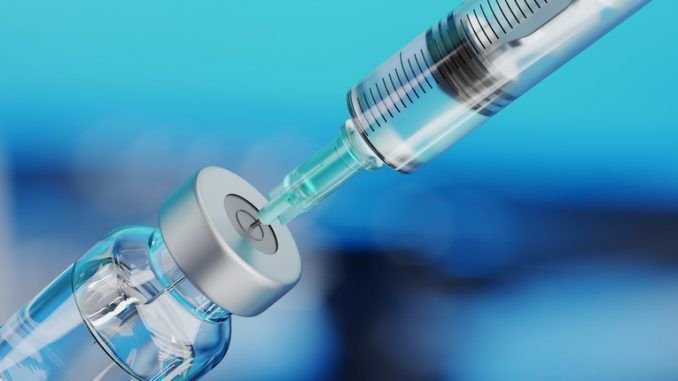
Anaphylactic shock, when it happens
The shock anaphylacticor it is a very serious allergic reaction that can become dangerous for life as it starts suddenly and it worsens very quickly so a timely intervention is important. For those suffering from allergy it is good to have an antihistamine at home to be taken in the case of attack.
Triggering causes of anaphylactic shock can be:
- Foods (eggs, milk, fish and crustaceans, walnuts and seeds, legumes and cereals, citrus fruits, chocolate, strawberries, tomatoes, avocado, bananas)
- Food additives (food dyes, preservatives)
- Diagnostic substances as a means of contrasting contrast
- Biological agents (blood and emoderivati, y-globulins, vaccines and antitoxins)
- Environmental causes (pollen, mold, spores, animal hair, latex)
- Drugs (antibiotics, acetylsalicylic acid, narcotics)
- Animal poison (Puntings of bees, wasps, snakes, jellyfish)
In case of anaphylactic shock, the immune system releases chemicals that lead to a lowering of blood pressure and gradually narrow the respiratory tract, making it difficult or impossible to breathe.
They are manifested, together with the anaphylactic shock, also:
- Quick and weak heartbeat
- urticaria
- nausea, vomiting and diarrhea
- Stunning, dizziness, collapse or loss of consciousness
- lowering of blood pressure
- breathing difficulties (dyspnea), with fast and superficial breathing
- constraint of the respiratory tract and swelling (edema) of language or throat, which can cause hiss and breathing problems
- sweating
- confusion and anxiety
A timely intervention is very important because the anaphylactic shock can be fatal, therefore either an adrenaline injection or an emergency room intervention.
Then, call the ambulance or go to an emergency room.
While waiting for the rescue, to extend the person with the belly at the top (supine), unless he is in an unconsciousness, in a state of pregnancy or with breathing difficulties.
Remove, if possible, carefully, any triggering cause, for example the sting of an bee.
Make sure that the person is calm and, if available, use an adrenaline self-injection.
Administer an adrenaline injection after 5-15 minutes, if the rescue has not yet arrived.